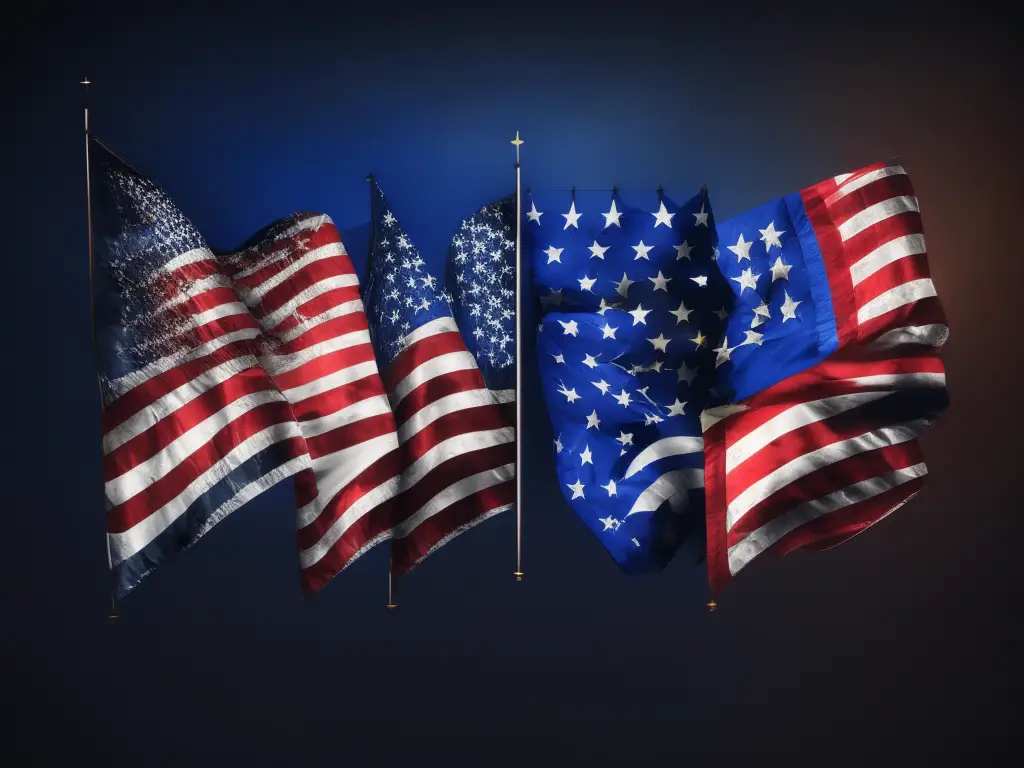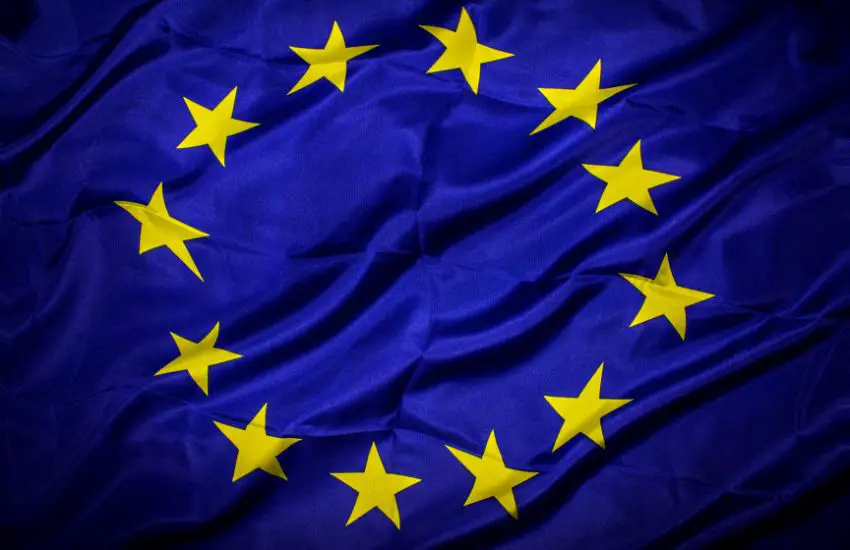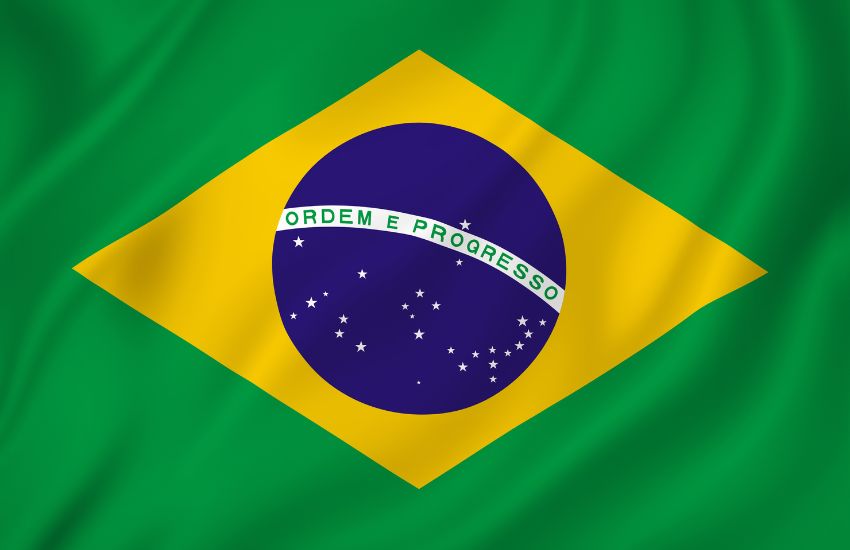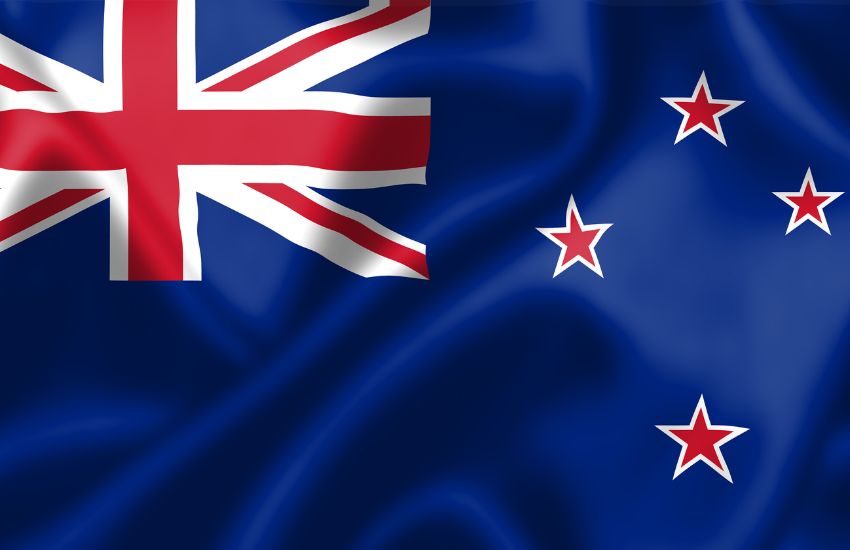Flags With Stars and Their Meanings: A Guide for Patriotism and Symbolism

Have you ever wondered about the meaning behind the stars on flags? Flags with stars have always been a fascinating subject, as these celestial symbols often hold deep significance. From representing states or territories to symbolizing aspects of history or culture, stars on flags have a rich tapestry of meanings.
In this article, we will delve into the world of flags with stars and explore the various interpretations attached to them. Whether you’re curious about the star-spangled banner of the United States or flags from different countries, join us as we uncover the fascinating meanings behind these stellar symbols.
United States

The flag of the United States, often referred to as the American flag, is a powerful and recognizable symbol of patriotism and unity. The flag consists of thirteen alternating red and white horizontal stripes, representing the original thirteen colonies, and a blue canton in the upper left corner containing fifty white stars. The stars represent the fifty states of the United States and are arranged in nine rows, with each row staggered to create a sense of balance and harmony.
The design of the American flag carries deep symbolism. The thirteen stripes symbolize the original colonies and their struggle for independence, while the stars represent the unity of the fifty states and their aspirations for a better future. The colors of the flag also have significance, with red representing courage and valor, white symbolizing purity and innocence, and blue representing loyalty and justice.
The American flag is widely respected and displayed in various settings, including government buildings, schools, and private residences. It is also flown at half-mast as a sign of mourning or respect for fallen soldiers or national tragedies. The flag is often showcased during patriotic holidays and events, such as Independence Day, to celebrate the values and ideals of the United States.
It is important to handle and display the American flag with proper etiquette and respect. There are guidelines for folding, displaying, and disposing of the flag to ensure it is treated with dignity. Understanding and observing these guidelines is a way to honor the symbolism and importance of the American flag.
Australia

The flag of Australia is a popular symbol of national pride and identity. It features a dark blue field with the Union Jack flag of the United Kingdom in the canton (upper hoist-side quarter) and a large white seven-pointed star known as the Commonwealth Star in the lower hoist-side quarter. The Commonwealth Star represents the federation of the Australian states and territories, with each point of the star representing one of these regions. The flag has become an iconic symbol of Australia and is flown on many public buildings, schools, and during national ceremonies.
The flag of Australia has a rich history and symbolism. The Union Jack represents Australia’s historical ties to the United Kingdom and its status as a former British colony. The dark blue field represents the ocean surrounding the continent and the Southern Cross constellation, which is a prominent feature of the Australian night sky. The five white stars of the Southern Cross are arranged in a distinctive pattern and symbolize Australia’s geographical location in the Southern Hemisphere.
The Australian flag is a source of pride and patriotism for many Australians. It is often displayed during national holidays such as Australia Day and ANZAC Day, as well as during sporting events and international competitions. The flag represents unity, diversity, and the shared values of the Australian people.
European Union

The flag of the European Union (EU) features a circle of twelve golden stars on a blue background. Each of the twelve stars represents one of the member countries of the EU, symbolizing unity and solidarity among the nations. The design of the flag was inspired by the idea of a shared destiny and a common future for the European countries.
The EU flag was officially adopted by the European Union in 1986 and is widely recognized as a symbol of European unity. It is often displayed in EU institutions, government buildings, and during European events and celebrations. The flag serves to represent the values and aspirations of the EU, promoting cooperation, peace, and prosperity among its member states.
In addition to the flag, the European Union also has an official anthem, which is based on “Ode to Joy” by Ludwig van Beethoven. The anthem, along with the flag, is used to foster a sense of solidarity and belonging among the European nations.
The EU flag and anthem are embraced by Europeans as powerful symbols of their shared identity and belonging to a larger community. They serve as a reminder of the common goals and values that unite the diverse nations of Europe.
Brazil

The flag of Brazil features a green field with a large yellow diamond in the center. Inside the diamond is a blue circle with 27 white, five-pointed stars. The stars represent the 26 states of Brazil and the Federal District. The stars are arranged in the same pattern as they appear in the night sky over Rio de Janeiro on November 15, 1889, the date of the establishment of the Brazilian republic. The color green represents the House of Braganza, the royal family of Brazil, and the color yellow represents the House of Habsburg, the imperial family of Brazil. The blue circle and stars symbolize the sky and the celestial hemisphere as seen from Brazil.
The flag of Brazil has deep symbolism and is an important national symbol. It represents the history, culture, and values of the Brazilian people. It is a symbol of unity, independence, and pride for the country.
New Zealand

The flag of New Zealand is a blue field with the Union Jack in the canton (upper hoist quarter) and four red stars with white borders on the fly side. The stars represent the constellation of the Southern Cross, which is a prominent feature of the southern hemisphere skies and holds cultural significance to the Maori people, the indigenous population of New Zealand. The four stars also symbolize the four main islands of the country: North Island, South Island, Stewart Island, and the Chatham Islands. The flag has been used since 1902 and is a symbol of New Zealand’s ties to the British Commonwealth, as well as its unique cultural identity.
In addition to the national flag, New Zealand also has a flag for the Maori people, known as the Tino Rangatiratanga flag. It features a red field with a white koru, which is a spiral-shaped symbol representing new life, growth, and peace. The flag represents the Maori sovereignty movement and their desire for self-governance and recognition of their cultural heritage.
Overall, the flags of New Zealand reflect the country’s history, cultural diversity, and connection to the Southern Hemisphere. They serve as symbols of national pride and unity, representing the values and aspirations of the people of New Zealand.
Conclusion
Flags are powerful symbols of patriotism and identity, representing the unique history, values, and culture of a nation. From the stars and stripes of the United States to the Southern Cross of Australia, flags evoke a sense of pride and unity in their respective countries.
Whether it’s the twelve golden stars of the European Union or the green and yellow of Brazil, each flag has its own distinct meaning and significance. It’s important to understand and respect these symbols as they represent the aspirations and ideals of the people they represent.